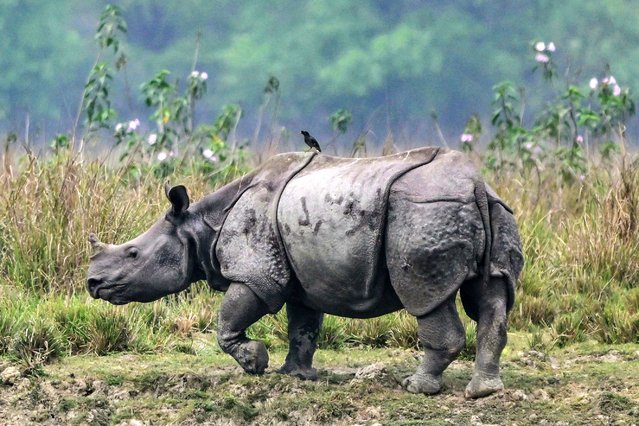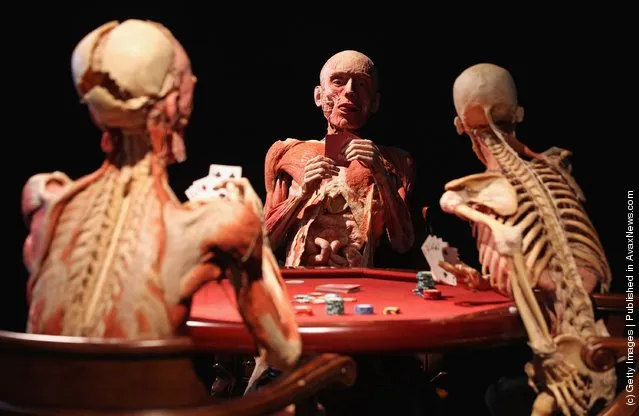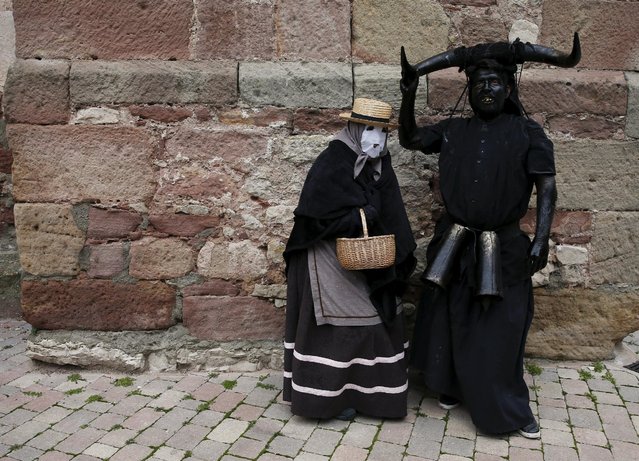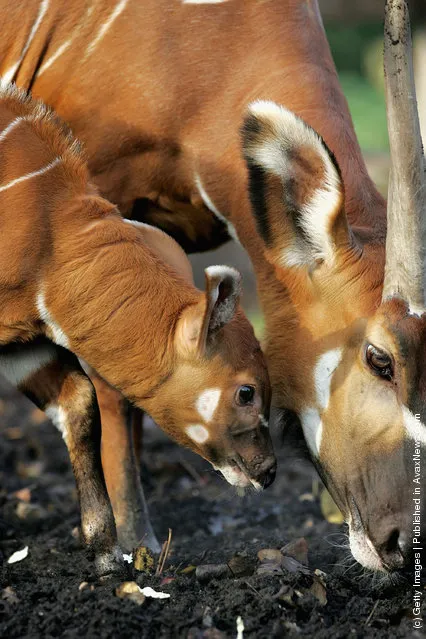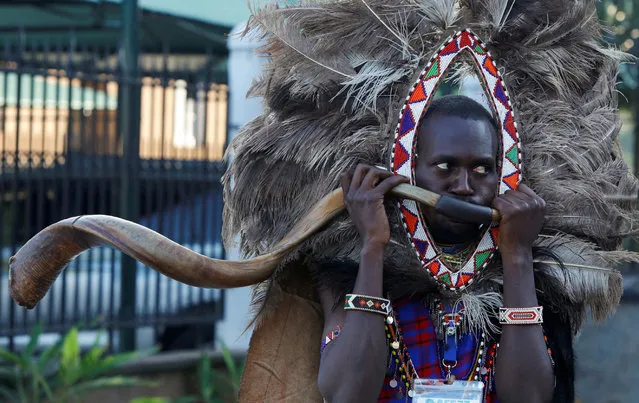
A delegate from the indigenous Maasai community blows a horn and wears an ostrich feathers headgear as he arrives for the Africa Climate Summit (ACS) 2023 at the Kenyatta International Convention Centre (KICC) in Nairobi, Kenya on September 6, 2023. (Photo by Monicah Mwangi/Reuters)
14 Sep 2023 02:27:00,post received
0 comments

